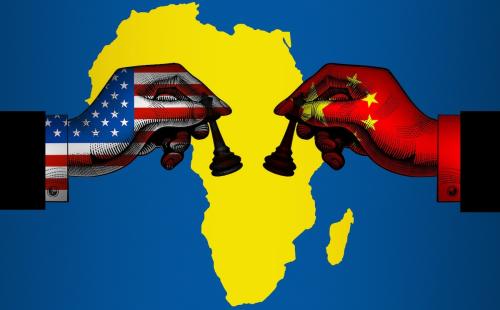

2:30 pm EDT - 4:00 pm EDT
Past Event
The COVID-19 pandemic and the shutdown of the economy in an effort to contain the virus led to unanticipated disruptions in several parts of the financial markets—even the market for U.S. Treasury debt. These disruptions led the Federal Reserve to use everything from its 2008-2009 playbook, and then some, including buying corporate bonds. Financial markets have calmed, but questions remain: What happened and why? What worked well, and what didn’t? What role did the rules put in place after the Great Recession play? What vulnerabilities were exposed, and how should they be addressed?
On May 27, the Hutchins Center at Brookings addressed these issues during a webinar. Darrell Duffie of the Stanford Graduate School of Business presented a background paper and fielded audience questions. He then joined in a discussion with Itay Goldstein of the University of Pennsylvania, Beth Hammack of Goldman Sachs, and Nellie Liang and Don Kohn of Brookings. Effects on the banking system were addressed at a Hutchins Center event on June 4.
Viewers can submit questions for speakers by emailing [email protected] or by joining the conversation on Twitter using #COVID19Economy.


Panelist


David Wessel
July 8, 2025

Landry Signé
July 8, 2025
2025
The Brookings Institution, Washington D.C.
Thursday, 11:30 am - 12:30 pm EDT